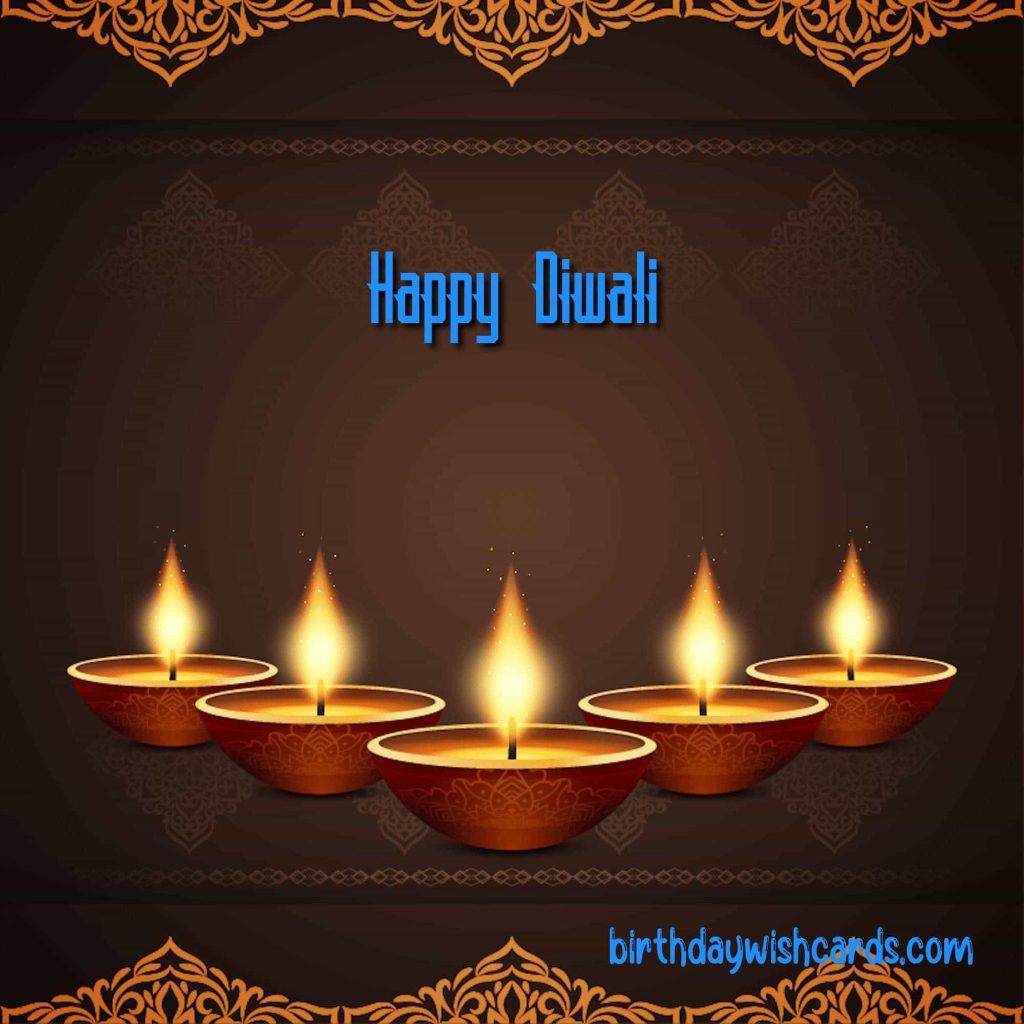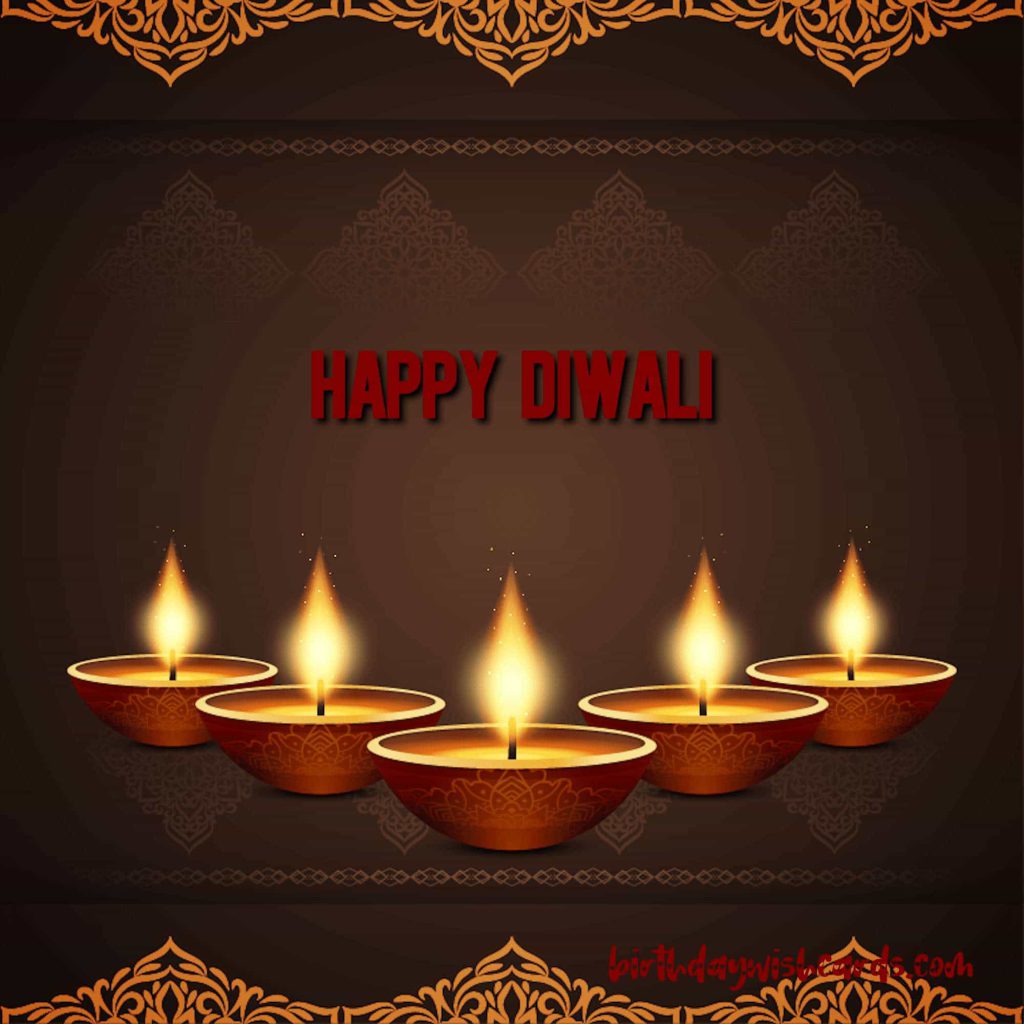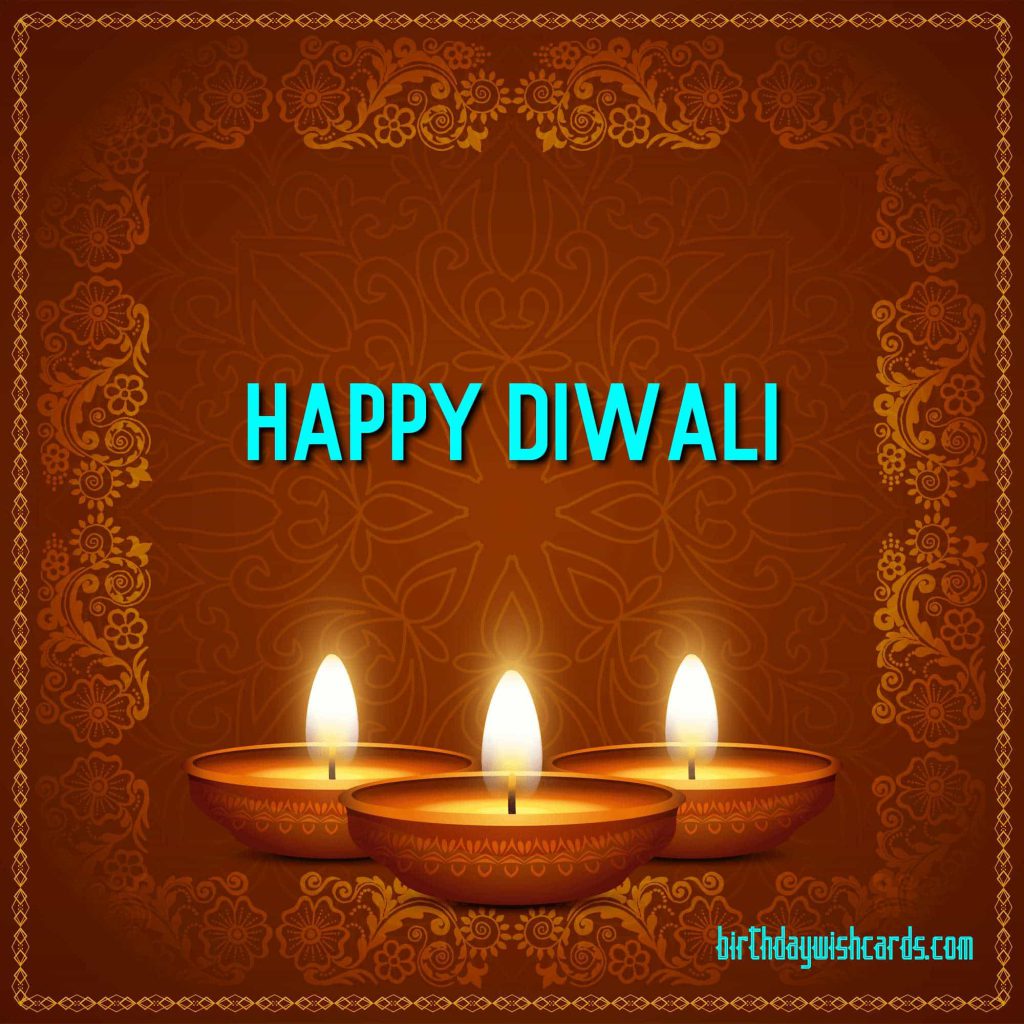
Happy Diwali: Celebrate the Festival of Lights
Diwali, also known as Deepavali, is one of the most significant and widely celebrated festivals in India, as well as among Hindu, Sikh, and Jain communities around the world. The word “Diwali” means “a row of lights” or “lamps,” symbolizing the triumph of light over darkness and good over evil. This joyous festival spans five days, marking the beginning of the Hindu New Year and bringing families and communities together to celebrate prosperity, happiness, and new beginnings.
What Is Diwali and Why Is It Celebrated?
Diwali is a festival of lights with deep spiritual and cultural significance. It commemorates various legends depending on region and tradition, but the unifying theme is the victory of light over darkness, knowledge over ignorance, and good over evil. For Hindus, Diwali celebrates the return of Lord Rama to Ayodhya after 14 years of exile and his victory over the demon king Ravana. Jains observe Diwali as the day Lord Mahavira attained nirvana, while Sikhs celebrate Bandi Chhor Divas, marking the release of Guru Hargobind Ji from imprisonment.
During Diwali, people illuminate their homes with oil lamps (diyas), candles, and decorative lights to symbolize the inner light that protects from spiritual darkness. The festival also features prayers (pujas), feasting, exchanging gifts, and fireworks, all intended to invoke blessings for health, wealth, and happiness in the coming year.
How Is Diwali Celebrated?
The five-day Diwali celebration includes unique rituals and customs each day:
- Dhanteras: The first day marks the start of Diwali festivities and is dedicated to wealth and prosperity. People buy precious metals or new utensils as a sign of good fortune.
- Naraka Chaturdashi (Choti Diwali): The second day commemorates Lord Krishna’s victory over the demon Narakasura. Homes are cleaned and decorated with rangoli (colorful patterns) and lamps.
- Diwali (Lakshmi Puja): The third and most important day is devoted to Goddess Lakshmi, the deity of wealth and prosperity. Families perform puja and light up their homes with lamps and fireworks.
- Govardhan Puja: The fourth day honors Lord Krishna’s lifting of Govardhan Hill to protect villagers from torrential rains. It is celebrated with community feasts.
- Bhai Dooj: The final day celebrates the bond between brothers and sisters with special prayers and the exchange of gifts.
Why Lights Are Central to Diwali
The illumination of homes and public spaces with oil lamps and lights is at the heart of Diwali. These lights represent knowledge and wisdom, dispelling the darkness of ignorance and fostering spiritual enlightenment. They also symbolize hope and joy, inviting positivity into homes and lives.
Sharing Diwali Joy on Social Media
In today’s digital age, sharing Diwali greetings and images on social media is a wonderful way to connect with loved ones and spread festive cheer. Vibrant images of Diwali celebrations, colorful rangoli designs, glowing diyas, and fireworks capture the essence of the festival and inspire others to join in the joy.
Below is a collection of vibrant and heartwarming images that showcase the true spirit of Diwali. Feel free to share these on your social media channels to wish your friends and family a safe and happy Diwali!
Diwali Celebration Images Gallery
Enjoy this curated gallery of Diwali images that highlight the festival’s beauty and traditions:







